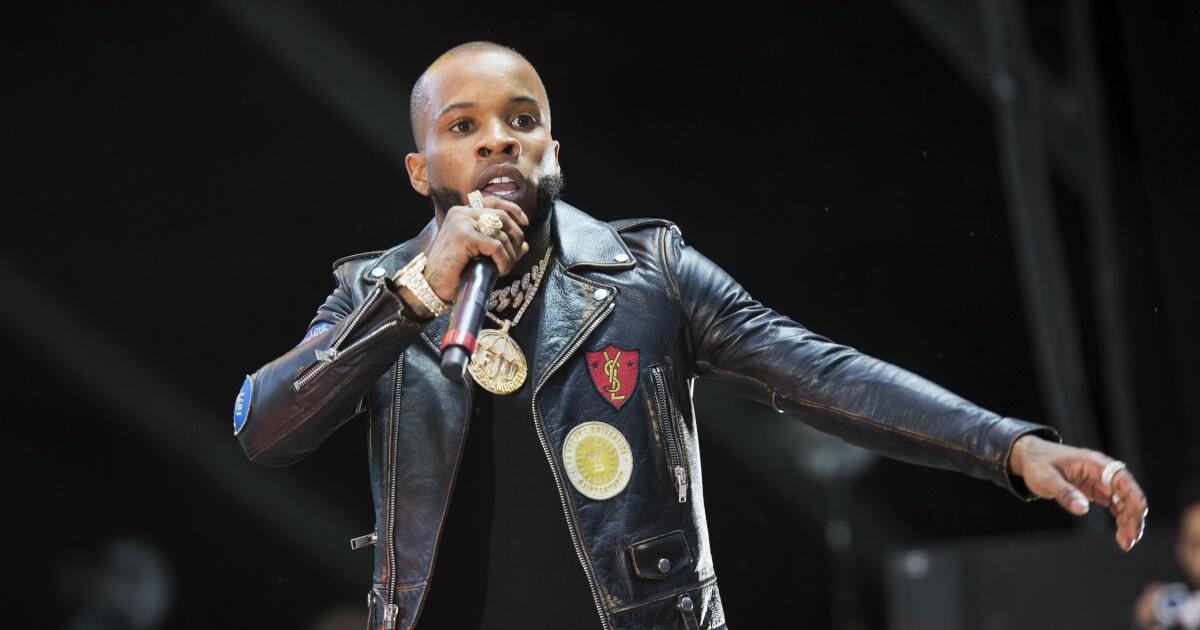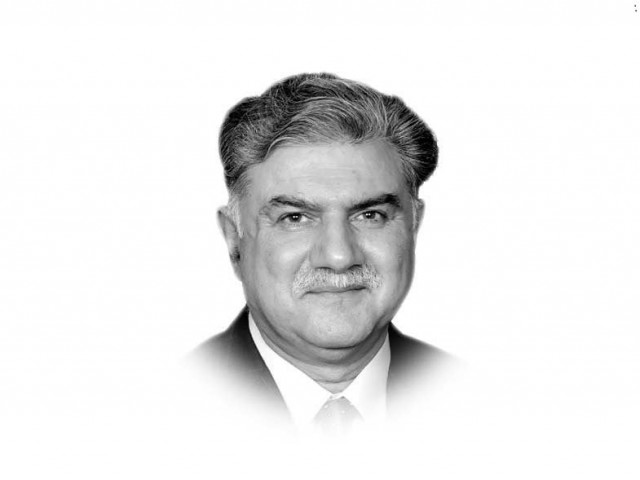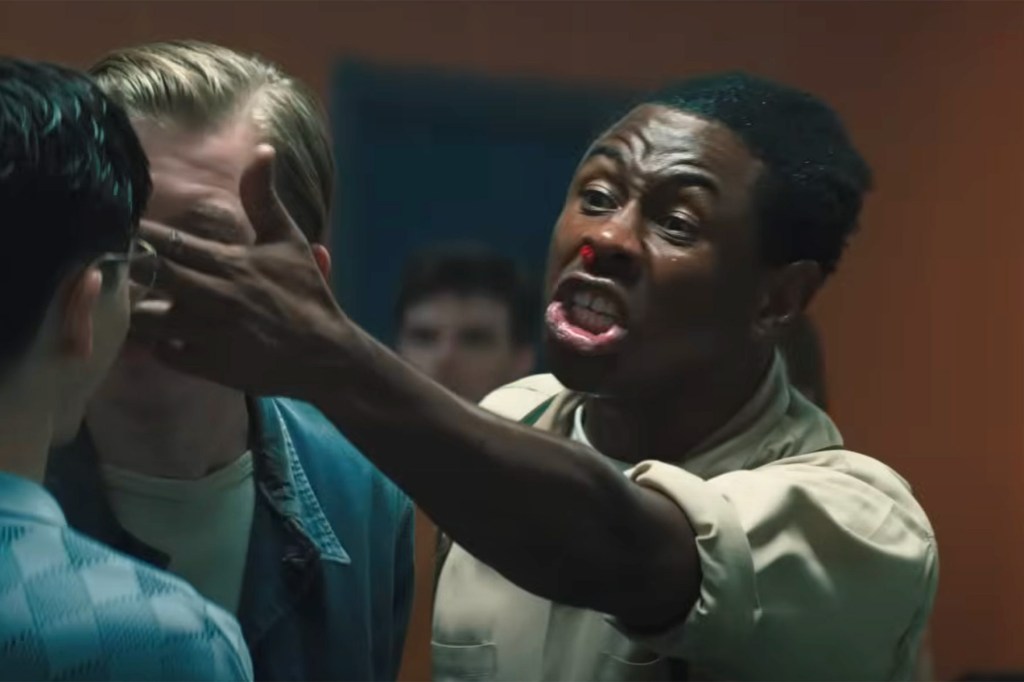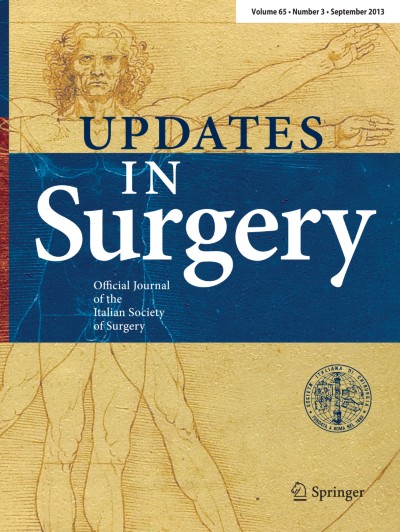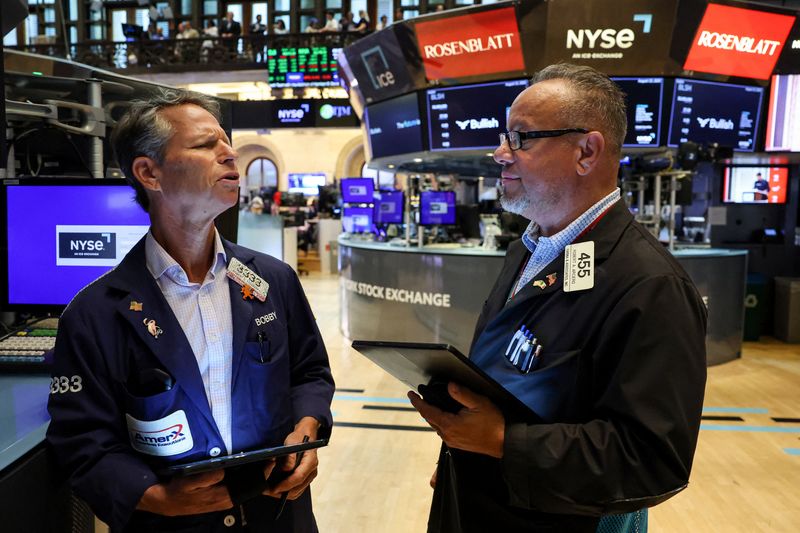Based on findings from a nationwide study recently published in the Annals of Internal Medicine, it was found out of nearly 1.2 million children that early childhood exposure to aluminum in vaccines is not linked to the increased the risk of autoimmune, allergic or neurodevelopmental disorders.
Aluminum-based adjuvants are widely used in non-live vaccines to boost the immune response by binding vaccine antigens. Common early childhood vaccines containing aluminum include those for diphtheria, tetanus, pertussis, Haemophilus influenzae type b (Hib), pneumococcal conjugate vaccine (PCV) and hepatitis A and B. While these vaccines have been administered safely worldwide for decades, concerns persist about potential harms.
Animal studies have also suggested that aluminum exposure could have neurotoxic effects or increase the risk of autoimmune and atopic disorders, but human evidence is limited. Most existing research relies on preclinical models, ecological studies or small observational studies, leaving uncertainty about long-term effects.
The CDC noted that all adjuvanted vaccines are rigorously tested in clinical trials and continuously monitored post-licensure.
Another recent study looked at 327,000 children in the U.S. to see if aluminum in vaccines was linked to persistent asthma. The study found a potential link but limitations as well.
For example, it did not include children who developed asthma very early, other risk factors for asthma were not fully measured and the effect was small. Because of this, the study cannot prove that aluminum causes asthma.
The CDC and the AAP both noted these findings do not change vaccine recommendations, though they support more research on rare health outcomes.
In the Internal Medicine study, authors mentioned the Danish childhood vaccination program, in place since 1943, offers recommended vaccines free to all children, achieving coverage of 94% to 97% in the first two years of life. Over the past 25 years, policy changes, including the introduction of pneumococcal vaccines, substitutions of diphtheria-tetanus-pertussis formulations and updated vaccine versions, have resulted in varying aluminum exposure across birth cohorts.
Using Danish nationwide health registries, researchers examined whether cumulative aluminum exposure in the first two years of life is associated with chronic autoimmune, atopic or allergic, and neurodevelopmental disorders in children born between 1997 and 2018, followed through 2020.
Researchers conducted a cohort of all children born in Denmark from January 1, 1997, to December 31, 2018, using the Medical Birth Registry, which includes birth details, maternal characteristics and personal identifiers. These sources provided vaccination records, hospital diagnoses and potential confounders, such as preterm birth, household income and maternal medical history.
Children were included if they were alive at age 2, had not emigrated, had no major congenital or preexisting conditions, and had plausible vaccination records.
Aluminum exposure was calculated from all childhood vaccines received by age 2, including DTaP-IPV/Hib and pneumococcal vaccines, with aluminum content per dose ranging from 0.125 to 1 mg. Outcomes included 50 disorders—autoimmune, atopic or allergic and neurodevelopmental—identified through hospital records or prescription fills.
Children were followed from age 2 until age 5, death or loss to follow-up. Cox proportional hazards models estimated hazard ratios per 1-mg increase in aluminum, adjusting for multiple child and maternal factors. Sensitivity analyses examined age, sex, follow-up duration and exposure categorization.
The study included 1,224,176 children (48.8% female) born between 1997 and 2018, with most receiving at least one aluminum-adsorbed vaccine before age 2. Total aluminum exposure varied by birth year, with a median of 3 mg (range, 0–4.5 mg). Immediate characteristics were generally similar across exposure groups, though children with lower aluminum exposure had slightly lower household income and fewer general practitioner visits, while those with higher exposure more often had mothers with psychiatric disorders or diabetes.
Across the 24-year study period, cumulative aluminum exposure from early childhood vaccination was not associated with increased risk of autoimmune, atopic or neurodevelopmental disorders. For the combined outcome groups, adjusted hazard ratios per 1-mg increase in aluminum exposure were 0.98 (95% CI, 0.94–1.02) for autoimmune disorders, 0.99 (CI, 0.98–1.01) for atopic or allergic disorders, and 0.93 (CI, 0.90–0.97) for neurodevelopmental disorders. Individually analyzed outcomes—including asthma, atopic dermatitis, autism spectrum disorder and ADHD—also showed hazard ratios mostly below or near 1.0, with upper confidence limits largely incompatible with even small increases in risk.
Secondary analyses stratified by sex, birth year or exposure levels and extended follow-up to age 8 years yielded similar results.
Based on study results, many strengths were indicated. Some of these include its large, population-based design spanning 24 years, comprehensive outcome assessment across 50 chronic disorders and detailed connection to the Danish National Health Service Register, which supports accurate exposure data.
Limitations include the lack of randomization, potential residual confounding from unmeasured factors and temporal trends in vaccination and disease prevalence. Additionally, some disorders were rare or diagnosed later in childhood, limiting individual analyses.
The authors suggest that aluminum-adsorbed vaccines appear safe with respect to the outcomes studied, though continued monitoring and additional research on rarer outcomes or exposures outside the studied range remain warranted.

